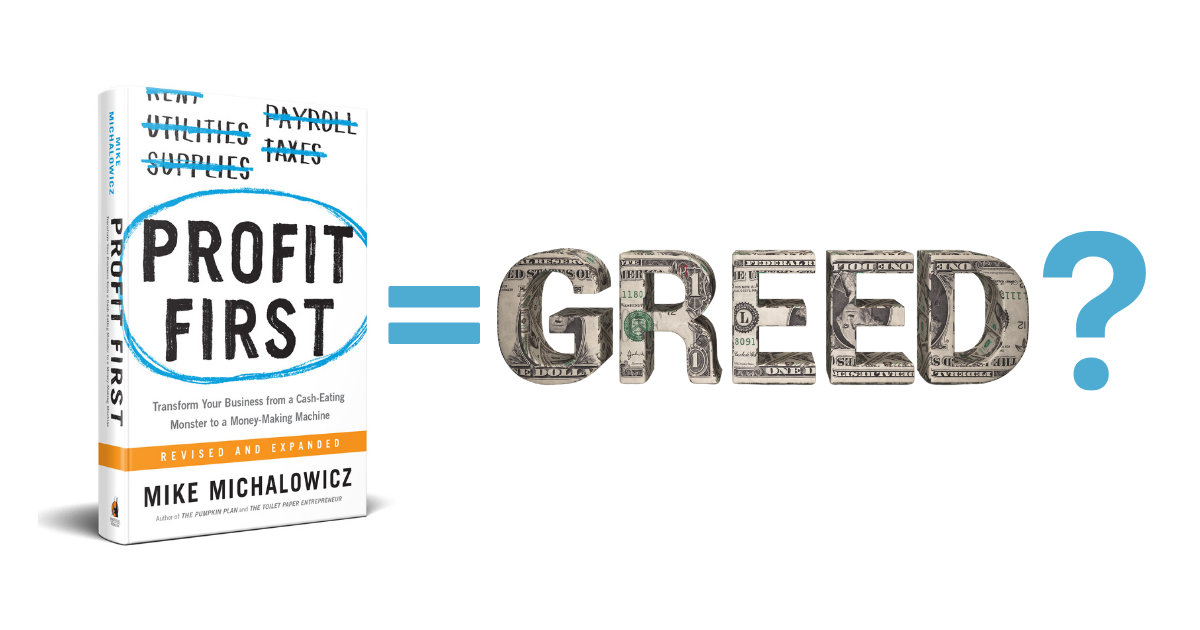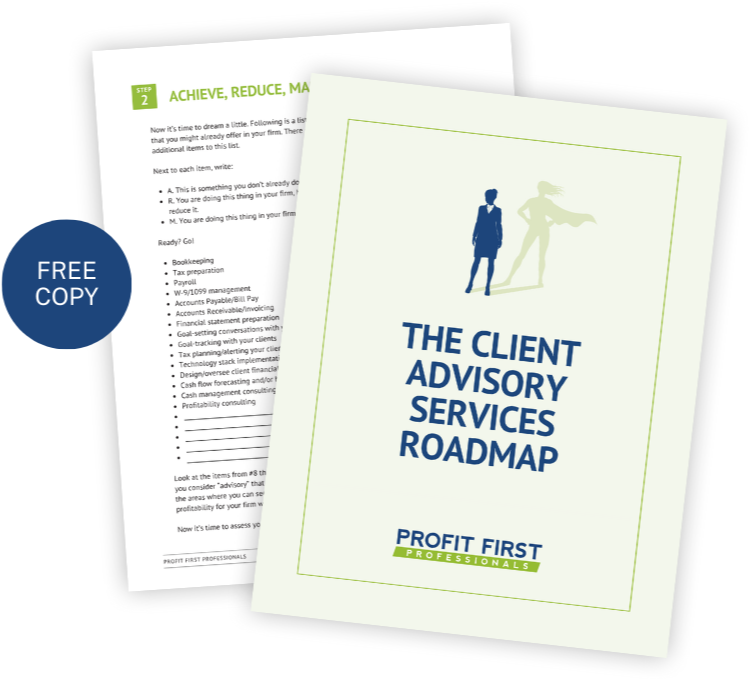All the industry experts agree: implementing client advisory services (CAS) is critical to the ongoing growth and profitability of your firm. CAS not only adds revenue and profitability to your firm, but it is also a âsticky factorâ that makes it difficult for your clients to compare you to your competition. Plus, with automation and AI becoming more prevalent by the day, higher-level CAS offerings differentiate you from the claims made by overly ambitious software companies.
It makes even more sense for tax-heavy firms with a high level of seasonality to offer CAS. This type of firm has historically relied on part-time or seasonal labor during the busy season, which can be difficult to count on year after year. Offering CAS can help you keep your top-tier seasonal team engaged year-round, reducing the risk of them not being available when you need them for the next busy season.
Thereâs an elephant in this room, though.
Itâs easy enough to implement and deliver CAS during the âoff season.â But what happens during the âbusy seasonâ? How do you manage your commitments to your CAS clients while processing tax returns for your compliance clients?
Do you have to choose to be a âCAS firmâ vs. a âtax firmâ? Should you put CAS on hold until after tax season?
Can you have the best of both worlds and finish the busy season with your sanity intact?
Reality check
As much as we might wish it to be different, tax-heavy accounting firms have a âbusyâ season and a âslowâ season. Some firm owners embrace this seasonality and strategically design their firms so the revenue earned â and the hours worked â during the first few months of the year sustain them until the next busy season. Thereâs a certain allure to working all-out for four months and then having the rest of the year more or less âoff.â
Not every firm owner wants this model or can sustain it long-term, though. Most firm owners supplement the busy season with other streams of revenue. Historically, bookkeeping services have helped these firms bridge the gap between busy seasons. But â unfair though it is â bookkeeping has faced increasing downward pressure in terms of pricing and perceived value by clients. Bookkeeping-centric firms have addressed this downward pressure by introducing CAS. And although tax-heavy accounting firms can â and should â consider offering CAS as well, these firms seem to be at a disadvantage.
The tax firm disadvantage?
Most bookkeeping services are not critically deadline-driven. Yes, you might have made a commitment to your client to deliver financial statements by the 15th of the month, and payroll is always on a schedule, but missed deadlines donât typically result in exorbitant penalties that cannot be abated.
Tax services are different, though. With the exception of filing extensions â which, when used incorrectly, only extend the pain of the busy season â there isnât much relief for the deadline-driven nature of a tax-centric firm. You must complete all the returns in a short period of time, or your client faces interest and penalties, which â chances are â your firm will have to cover.
So, while a bookkeeping-centric firm can easily manage deadlines while still fulfilling their commitments to their CAS clients, tax-focused firms are faced with the double-whammy dilemma of a high volume of work that must be completed in a short period of time. This can make it seem difficult â if not impossible â to offer CAS in your tax-heavy firm.
Whatâs the solution?
Do you put CAS on hold during tax season? Thatâs not fair to your CAS clients, and chances are they arenât going to want to pay you for the months you arenât working with them.
Do you stop offering tax services altogether and focus on CAS? You could, but thatâs like throwing out the baby with the bathwater, especially if your firm is known for tax work.
Do you work more hours during tax season to serve both your tax clients and your CAS clients? I donât know you, and I know nothing about your firm, and I can still tell you thatâs not sustainable.
Do you hire more employees to serve everyone? Oh goodness, where do we even start with the pitfalls of this one?
So, how do you overcome the tax firm disadvantage? How can you offer CAS and still deliver tax services?
Both/and instead of either/or
The financial professionalâs ability to see things in black and white is both a blessing and a curse. Itâs a blessing in that we can be confident that 1 + 1 will always equal 2, a bank account can always be reconciled, and we can bring certainty to our own little corner of the world.
Itâs a curse in that it often blinds us to opportunities.
Thereâs an easy answer to the question of how to offer CAS in a tax-heavy firm, and itâs this:
Tax work is CAS work.
Now, Iâm not saying that you can plug numbers into your tax software, print a return, and say you offer CAS. But what you can do â what you should do â is make CAS an integral part of your tax preparation process.
You accomplish this by remaining mindful of your clientsâ needs, especially in the throes of tax season.
For example, you notice your client owes $12,000 in taxes. You take another look at their return and find $1,500 in credits (this is CAS). Then you run a quick calculation and see that they would have saved $1,000 had they made an S-corp election, so you make a note to schedule a call with the client to discuss this (also CAS). You notice they only have $7,000 in their bank account to pay the $10,500 tax liability, so you add a note to talk to them about a tax savings account (again, CASâŚand, ahem, Profit First).
Notice that you havenât added much work to your plate. Yes, youâve taken another look at the return to find additional savings, and youâve made some notes of things to talk to your client about, but these steps are part of your process, anyway. Youâve just become more mindful of your client.
And thatâs CAS.
It doesnât have to be complicated to be impactful
Too often, we think we must put in hours of work in order to justify calling ourselves advisors. But the truth is, you can offer CAS to your clients, even during the busiest time of the year, with minimal impact to your workload.
Profit First is an excellent way to offer CAS in a way that is impactful without adding hours to your schedule. Profit First Professionals leverage a system that requires little time commitment on the part of the advisor, while helping the client achieve phenomenal results. And these results help you add revenue to your top line and profit to your bottom line.
Even though itâs the busy season, I hope youâll apply now to start your Profit First Professionals journey. You could have CAS up and running in your tax-focused firm before the start of the filing season.


















